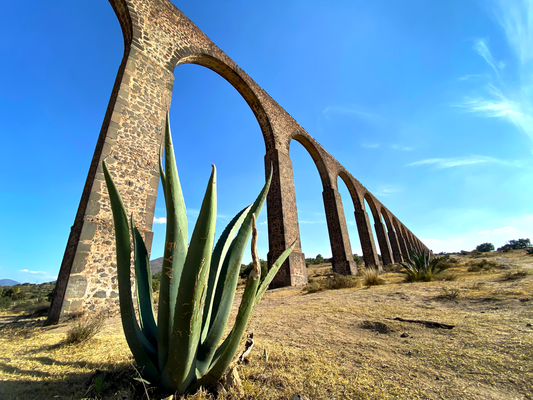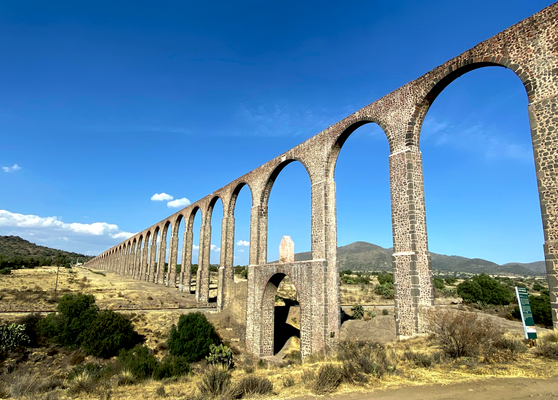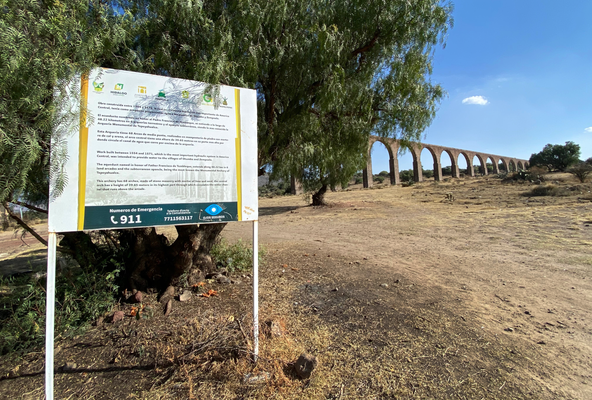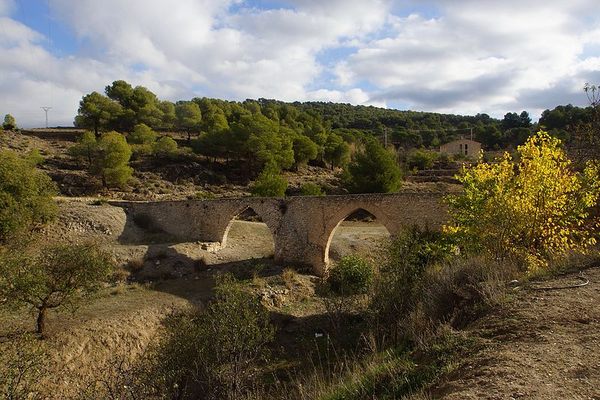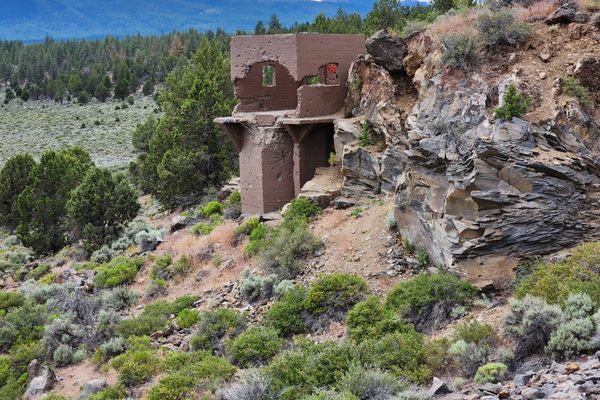About
The town of Otumba in central Mexico was dying of thirst. A succession of droughts in the mid-1500s had devastated the crops and forced many Indigenous communities to abandon their ancestral farms and seek their fortune elsewhere. The situation was bleak. A village drying up and blowing away in the parched, incessant wind. But Padre Tembleque, a Franciscan friar originally from Spain, wasn’t going to give up so easily.
Armed with an extensive knowledge of building techniques, Padre Tembleque proposed a monumental solution to the water shortage problem: He would build a Roman-style aqueduct stretching from the Tecajete volcano, across the high plain, to water his flock in Otumba and save the town.
And save it he did. The town of Otumba is now the area’s municipal seat and boasts a population of nearly 30,000 souls.
While the Roman Empire never made it to North America, a visit to the main arcade of the Aqueduct of Padre Tembleque in the center of Mexico could almost make one believe that they did.
Stretching over 45 kilometers (28 miles) from the Tecajete volcano to the town of Otumba, the structure is easily as impressive as some of those built by the Romans. Indeed, the aqueduct combines ancient architecture with indigenous building techniques, the evidence of which is found in the adobe walls still standing beneath many arches and in the etched graffiti chronicling the lives of the day workers.
It’s a UNESCO World Heritage site without the associated crowds. Most likely, you will be the only visitor on any given day, free to take in the entire span of this impressive site with nothing other than the cactus and the whistle of the wind as your witnesses.
Related Tags
Know Before You Go
The main arcade of the aqueduct is located on the border between the State of Mexico and Hidalgo. Exit the Mexico M40D de Cuota at Avenue los Arcos, heading northeast. You should see signs with the UNESCO designation but rarely will you see other visitors. The road actually looks abandoned, with patches of sand sometimes covering the pavement. Don’t be deterred! Continue to the end of the road and enjoy the solitude.
Flavors of Oaxaca: Markets, Mezcal & Home-Cooked Meals
A Culinary and Cultural Journey Through Oaxaca.
Book NowCommunity Contributors
Added By
Published
October 9, 2024
